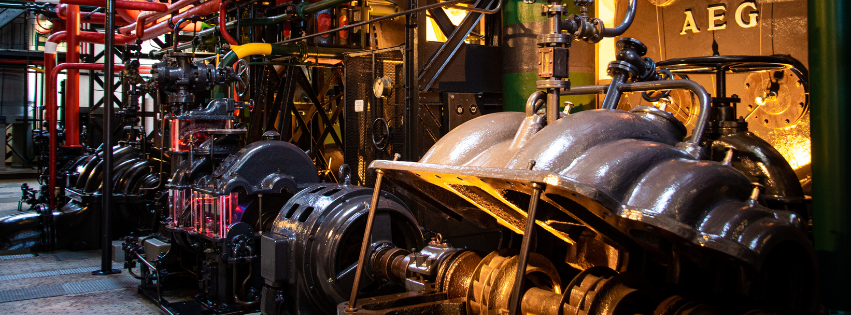Car Wash Installation: Everything You Need to Know for a Smooth Setup
Step-by-Step Guide to Installing a Profitable and Efficient Car Wash System

Starting a car wash business is more than just having a prime location—it’s about having the right system in place to serve your customers efficiently and profitably. Whether you’re setting up a self-service, automatic, or full-service car wash, careful planning and professional installation are key to long-term success. Here’s a comprehensive guide to ensure your car wash installation is smooth, effective, and cost-efficient.
1. Planning Your Car Wash Layout
Before any equipment is ordered, you must assess your site. Consider the flow of vehicles, space for each washing bay, drainage requirements, and customer convenience. Proper site planning reduces bottlenecks, avoids safety hazards, and improves the overall customer experience. Don’t forget to leave space for waiting areas, vacuum stations, and water treatment systems if you plan to recycle water.
2. Choosing the Right Car Wash Equipment
The heart of your installation is your equipment. Decide whether you’ll offer automatic, touchless, soft-touch, or a combination of car wash types. Each system has its pros and cons:
- Automatic systems: Efficient for high volume but may require more maintenance.
- Self-service bays: Lower initial cost, good for small locations, and allow customer flexibility.
- Full-service systems: Higher revenue potential but require more staff and training.
Select high-quality pumps, conveyors, pressure washers, brushes, and nozzles to reduce downtime and repair costs. Investing in reliable brands may save money in the long run.
3. Plumbing and Electrical Setup
Car wash systems rely heavily on plumbing and electrical infrastructure. Work with certified professionals to ensure water lines, drains, pumps, and electrical circuits are installed safely and meet local building codes. Efficient water flow and proper electrical connections prevent equipment damage and downtime.
Key considerations include:
- Adequate water pressure for high-volume washes
- Proper drainage to avoid flooding or standing water
- Electrical circuits that meet the power requirements of all machines
- Installing water softeners or filtration systems to prolong equipment life
4. Water Reclamation Systems
Installing a water reclamation system is crucial for environmental compliance and cost savings. These systems recycle water used during washing, reducing overall water consumption by up to 80%. Not only does this lower water bills, but it also appeals to eco-conscious customers and may qualify your business for local incentives.
5. Staff Training and Operations Setup
Even the best equipment won’t run smoothly without a trained team. Train staff on proper equipment usage, safety procedures, and maintenance schedules. Well-trained employees prevent accidents, reduce repair costs, and provide better customer service.
6. Testing and Calibration
Once all systems are installed, test each component carefully. Calibrate brushes, pressure washers, and soap dispensers to ensure even coverage and optimal performance. Run multiple test washes to check water flow, drying efficiency, and overall process timing. Identify and fix any issues before officially opening to the public.
7. Maintenance and Monitoring
A car wash installation isn’t complete without a maintenance plan. Regular inspections, lubrication of moving parts, and replacing worn-out components extend the life of your equipment. Monitoring systems for leaks, pump efficiency, and chemical usage helps reduce waste and unexpected repairs.
8. Marketing Your New Car Wash
Once your installation is operational, generate buzz to attract customers. Offer grand opening promotions, loyalty programs, and highlight eco-friendly water recycling if installed. A clean, efficient, and reliable car wash attracts repeat customers and positive word-of-mouth referrals.
Conclusion
A successful car wash installation requires more than buying machines—it’s a strategic combination of planning, equipment selection, professional setup, and staff training. By investing time and resources into proper installation and operations, you ensure a smooth-running, profitable, and environmentally responsible business. Remember, the right setup today can save you money and headaches tomorrow.
